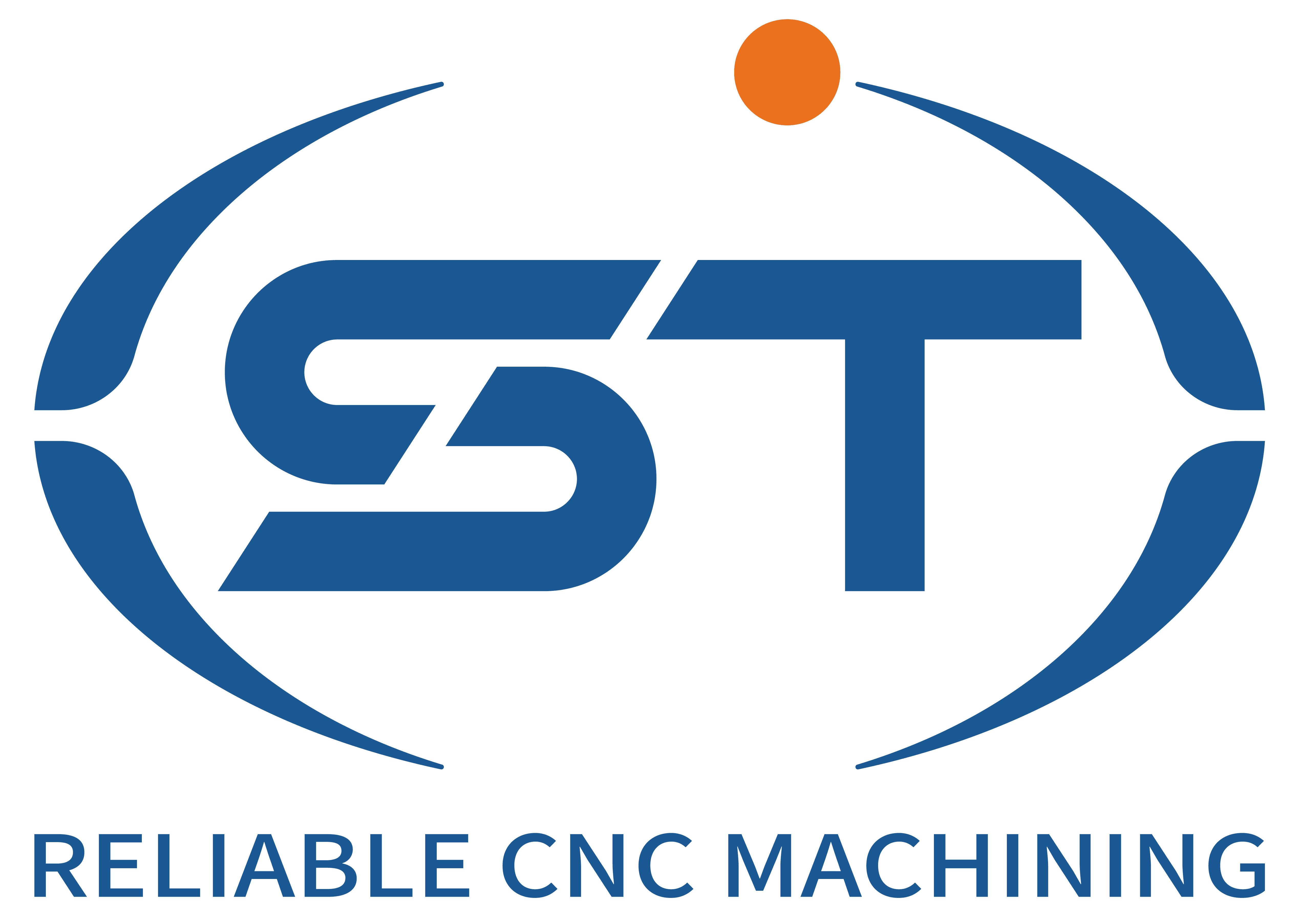Characteristics and Trends of CNC Machining for New Energy Vehicle Components
The rapid growth of the new energy vehicle (NEV) industry has reshaped manufacturing demands, particularly in CNC machining. Unlike traditional automotive parts, NEV components require higher precision, advanced materials, and integration with cutting-edge technologies. Below, we explore the distinct characteristics and evolving trends shaping this sector.
Table of Contents
ToggleHigh-Precision Demands for Lightweight and Complex Structures
NEVs prioritize energy efficiency, driving the adoption of lightweight materials like aluminum alloys, carbon fiber composites, and high-strength steel. CNC machining must adapt to these materials, ensuring minimal waste while achieving tolerances as tight as ±0.001mm. For example, battery enclosures and motor housings demand intricate geometries to optimize thermal management and structural integrity. Advanced 5-axis CNC machines are increasingly used to handle these complexities, reducing setup times and improving accuracy.
The shift toward electric powertrains also introduces novel components, such as stators, rotors, and busbars, which require micro-machining capabilities. These parts often feature fine grooves, holes, and surface finishes to enhance electrical conductivity and reduce friction. Manufacturers are investing in ultra-precision CNC tools and real-time monitoring systems to meet these specifications consistently.
Integration of Smart Manufacturing Technologies
Industry 4.0 is transforming NEV component production through the integration of IoT, AI, and digital twins. CNC machines are now equipped with sensors that collect data on tool wear, vibration, and temperature, enabling predictive maintenance and reducing downtime. For instance, AI algorithms analyze this data to adjust cutting parameters in real time, optimizing efficiency without compromising quality.
Digital twin technology plays a critical role in prototyping and validation. By simulating CNC processes virtually, engineers can identify potential defects before physical production, cutting development cycles by up to 30%. This approach is particularly valuable for NEV components, where iterative testing is costly and time-sensitive.
Sustainability-Driven Process Innovations
Environmental regulations and consumer demand for eco-friendly products are pushing CNC machining toward greener practices. One key trend is the adoption of dry machining techniques, which eliminate coolant use and reduce hazardous waste. Advanced tool coatings and optimized cutting paths further minimize energy consumption and material scrap.
Recycling and remanufacturing are also gaining traction. Scrap generated during CNC operations is increasingly repurposed into new components, aligning with circular economy principles. Additionally, manufacturers are exploring biodegradable lubricants and energy-efficient spindles to lower their carbon footprint.
Future-Proofing Through Modular and Scalable Systems
As NEV models diversify, CNC machining setups must become more flexible. Modular fixtures and quick-change tooling systems allow factories to switch between different components rapidly, supporting customization without sacrificing speed. This adaptability is crucial for catering to niche markets, such as hydrogen fuel cell vehicles or solid-state batteries, which may require unique machining approaches.
Scalability is another priority. Cloud-based CNC control platforms enable remote monitoring and adjustments across multiple machines, facilitating mass production while maintaining consistency. This connectivity also supports over-the-air software updates, ensuring equipment stays aligned with evolving industry standards.
The NEV sector’s evolution is redefining CNC machining, blending precision engineering with smart, sustainable practices. As technologies like solid-state batteries and wireless charging emerge, the industry will continue to innovate, driving efficiency and environmental responsibility to new heights.





